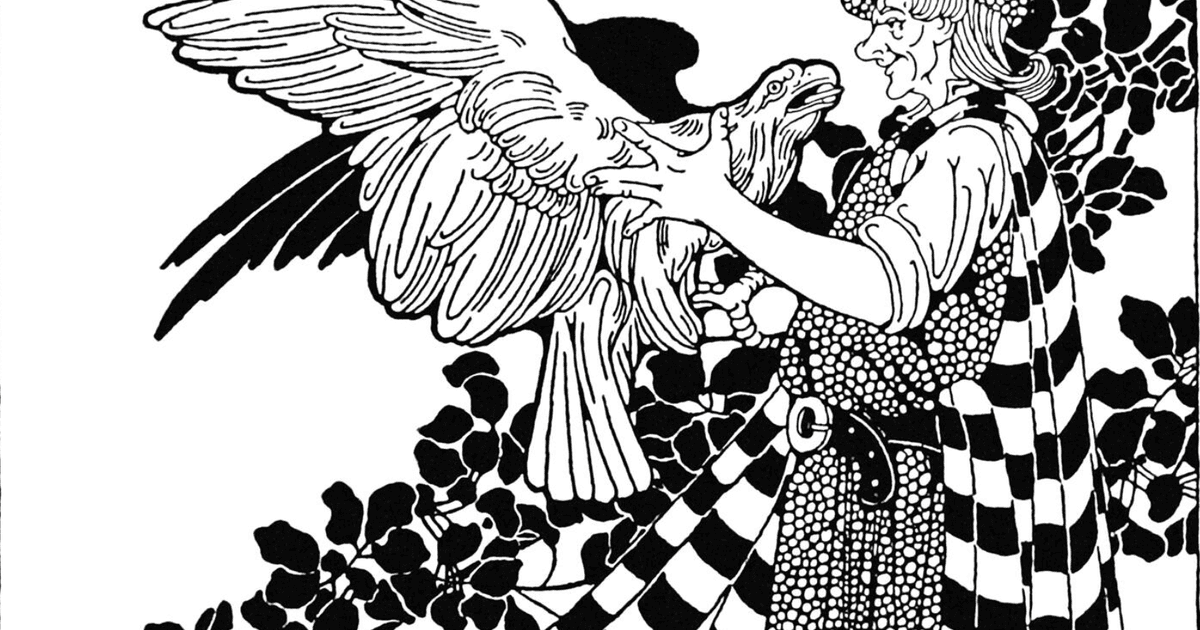Small Talk: How to Cultivate the True Disposition of the Artist
Practice being an artist by being a good conversationalist

During a walk, Ludwig van Beethoven explained to Johann Goethe that the artist is a great man who deserves reverence. To illustrate his point and to Goethe’s flabbergasted astonishment, Beethoven crossed his arms and rudely walked through a group of nobility.
Beethoven’s impolite walk through the nobility mirrored his walk through life: Seeing himself as one of the greatest artists, he thought he deserved deep reverence, which made him think he stood above the conventional kindness and politeness of everyday life. It’s not surprising that he was an extremely difficult person: He tyrannized his family to the point of pushing one member to attempt suicide; many doctors refused him as a patient; he abused servants so fearsomely that few would work for him; no woman would marry him.
He led much of his life as a lonely artistic genius, a genius that has been called the first modern artist because he gave birth to the modern notion that the great artist must be irritable and self-obsessed.
In fairness to Beethoven, it must be admitted that much of his crankiness stemmed from his wretched health (colic, diarrhea, fevers, septic abscesses, and the otosclerosis that gradually took away his hearing).
But his cranky specter still hovers over modernity’s mental landscape.
Many people, especially the young, think they’re destined for some sort of greatness — in art, business, sports, politics, whatever. And, following Beethoven’s example, many of them tend to disdain the ordinary things of everyday life, thinking such things must be eccentrically scorned, as though they’re beneath their looming greatness.
That’s unfortunate.
Not only should a physically ill and terribly-unique genius like Beethoven be imitated only with caution, but, in such a mental climate, the “little arts” (to use the words of Richard Weaver), like conversation, hospitality, and manners, vanish. Conversation is dismissed as small talk; hospitality is dodged whenever possible. Most significantly, many artists (or those who imagine they’re artists) disdain these little arts. Socializing, for instance, is often dismissed as a waste of time that detracts from greater pursuits, like painting or writing.
It’s a wrongheaded notion. A little art like conversation presents an opportunity to create, just like a blank canvass presents an opportunity to the painter. Good conversation requires skill — use of an opening line, use of entertaining information, patience, and (sometimes most importantly) ability to close a conversation gracefully. Good conversation also requires a fruitful — not to mention quick — imagination. If you doubt this, listen to a great podcast host hold a conversation. The art oozes into your earbuds.
By practicing the small art of conversation throughout the day, an artist practices art, thereby making herself better at art in general.
Good conversation also requires concern for the other person in the conversation, which first requires a lack of self-regard.
This might be the most significant thing of all for the artist.
Lack of self-regard, you see, is the hallmark of the artist.
William Blake (arguably the greatest poet of all) once observed,
“I should be sorry if I had any earthly fame, for whatever natural glory a man has is so much detracted from his spiritual glory. I wish to do nothing for profit. I wish to live for art. I want nothing whatever. I am quite happy.”
As evidenced by Blake’s words, the true artist is detached from himself. Because he tends to be the sort of person who doesn’t care too much about himself, he is drawn to realities outside himself. In the words of philosopher Josef Pieper, the artist’s is a “purely receptive stance toward reality, undisturbed by any interruption by the will.” This receptive stance leaves the artist free to see reality, to bring it together in his mind, then to put it on the canvass, page, or stage, without the distorting refraction of will and ego.
Just like the artist, the good conversationalist must also be detached from himself. The self-obsessed person is a bad conversationalist (anyone who doubts this doesn’t get out much) and for good reason: He has no ability to create because he is too self-centered to appreciate reality outside himself. He is a poor artist, and it shows in his conversation.
And his inability to carry on a conversation bleeds into his painting and writing. The little arts like conversation develop the trait of rising above self-regard. If a person is self-absorbed throughout the day, he develops a mental pattern of self-absorption that must be broken before a session of creativity takes place. The other-regarding person, on the other hand, is always ready for a session of creativity because his mind has been artistically inclined throughout the day.
For this reason, the artist is apt to be a good conversationalist (even Beethoven laughed and joked with his acquaintances and could be kind, his violent outbursts notwithstanding). The little art of conversation comes from the same source as painting and writing, so the artist can do both, like the myriad of artists who conquered more than one “big” art, like Blake (poet and painter), Leonardo da Vinci (painter and inventor), T.S. Eliot (poet and essayist), and Michelangelo (poet and painter).
Related
Party of One is my favorite of Fadiman’s books. Fadiman was a great talker on the radio—smooth, polite, and agile to coax the wit of co-hosts such as Oscar Levant and John Kieran on Information Please—and these qualities show up in the conversational style of his essays. In an essay on the art of conversation, Fadiman calls it the “translation of one’s personality into evanescent words intended to reach a few persons at most.” This is a good description of the appeal of Party of One, which is now unfortunately out of print.





